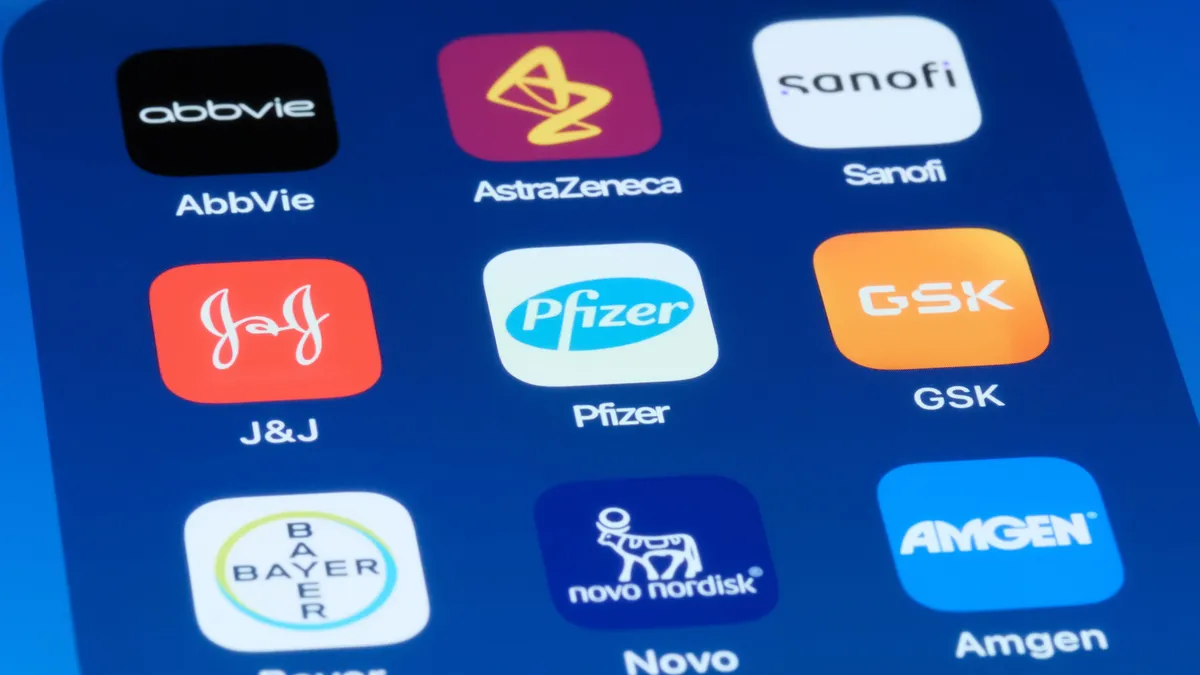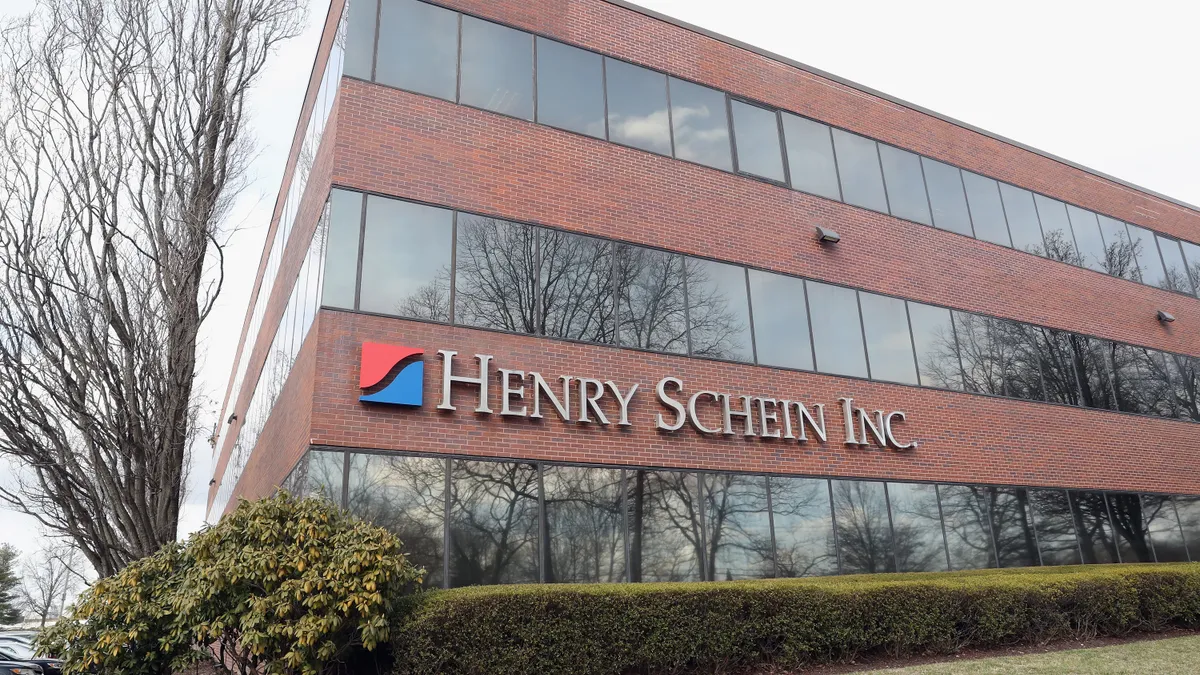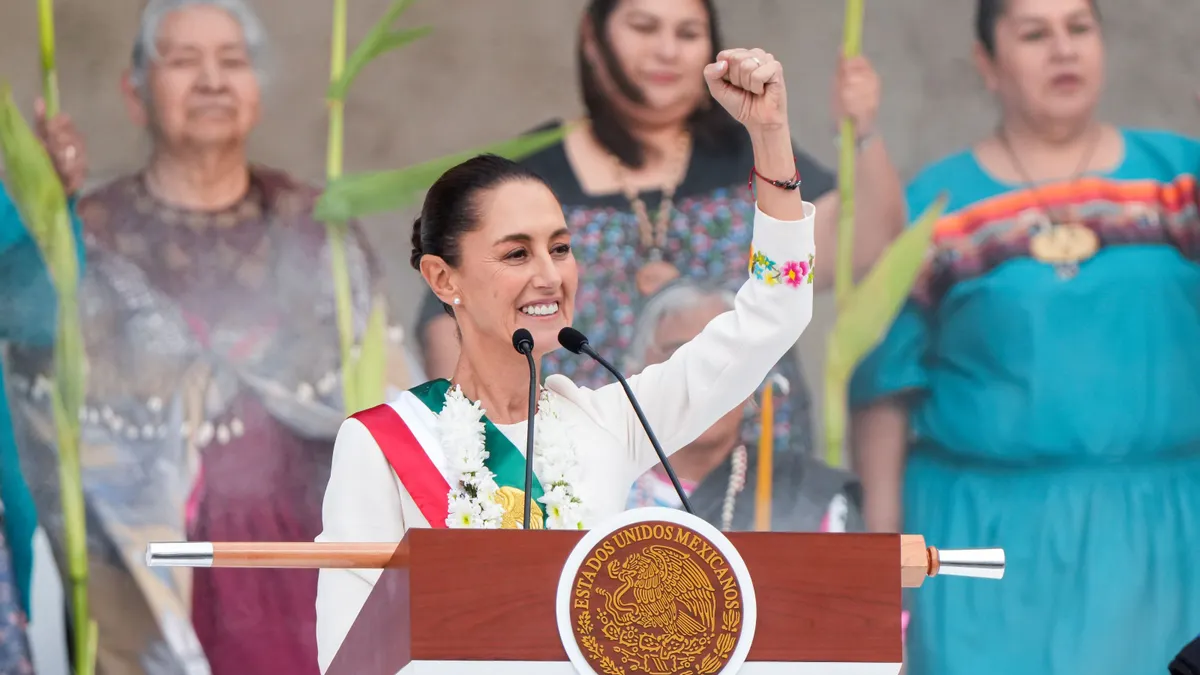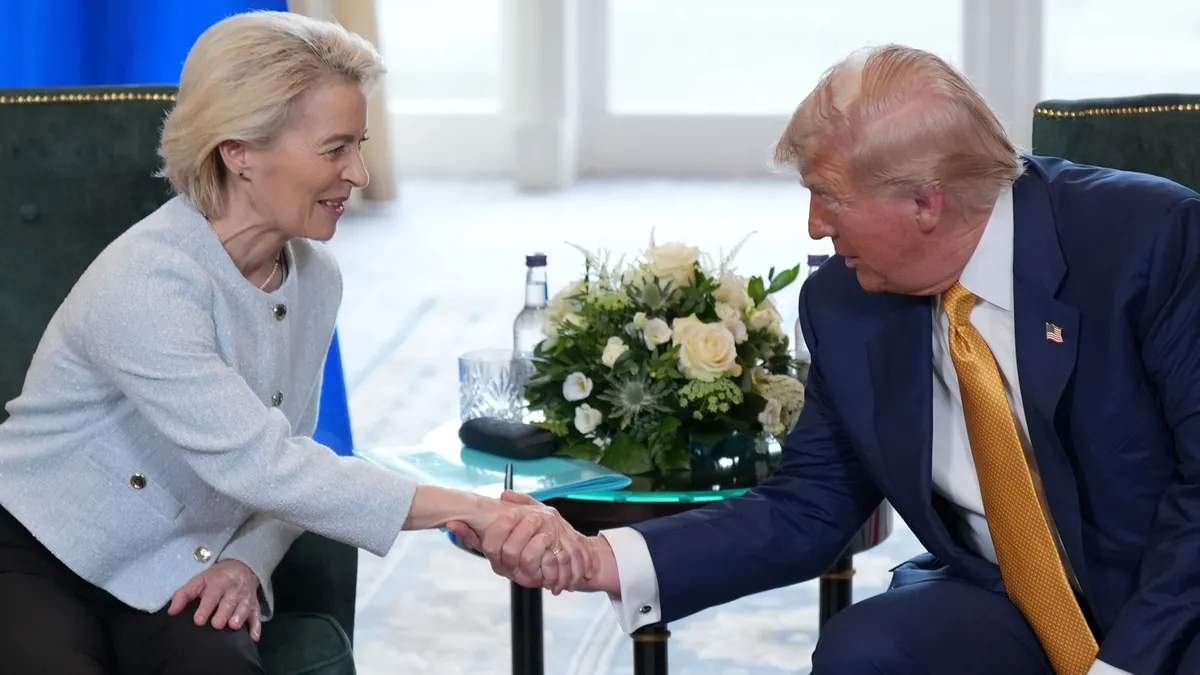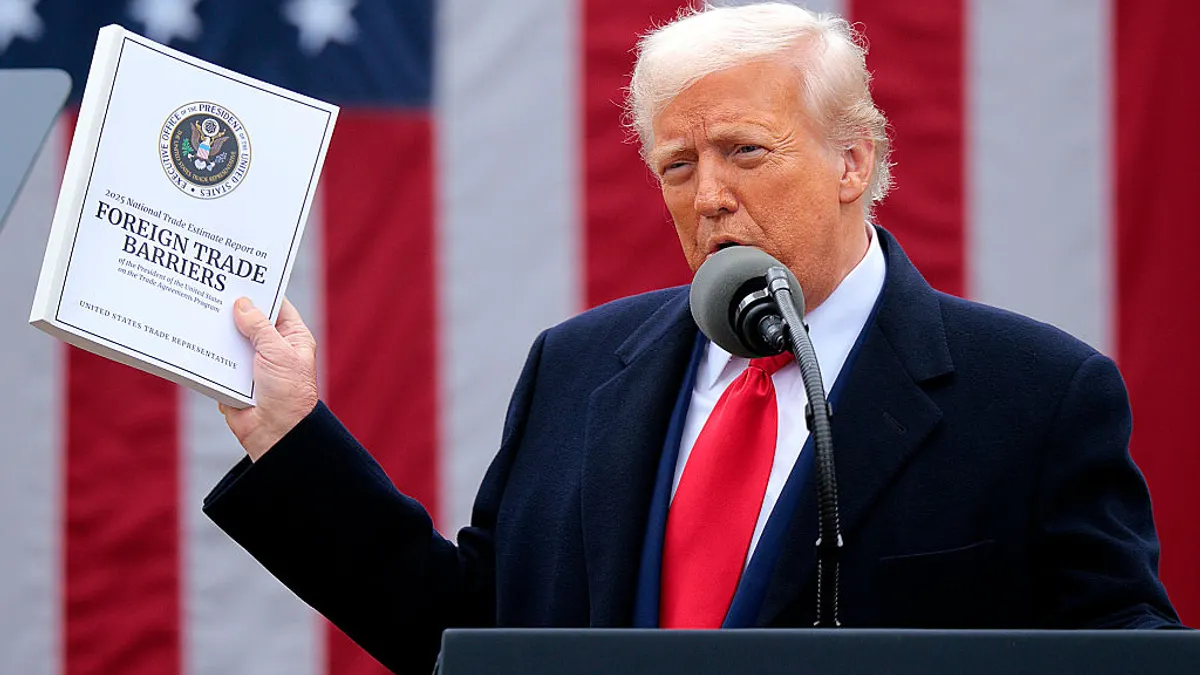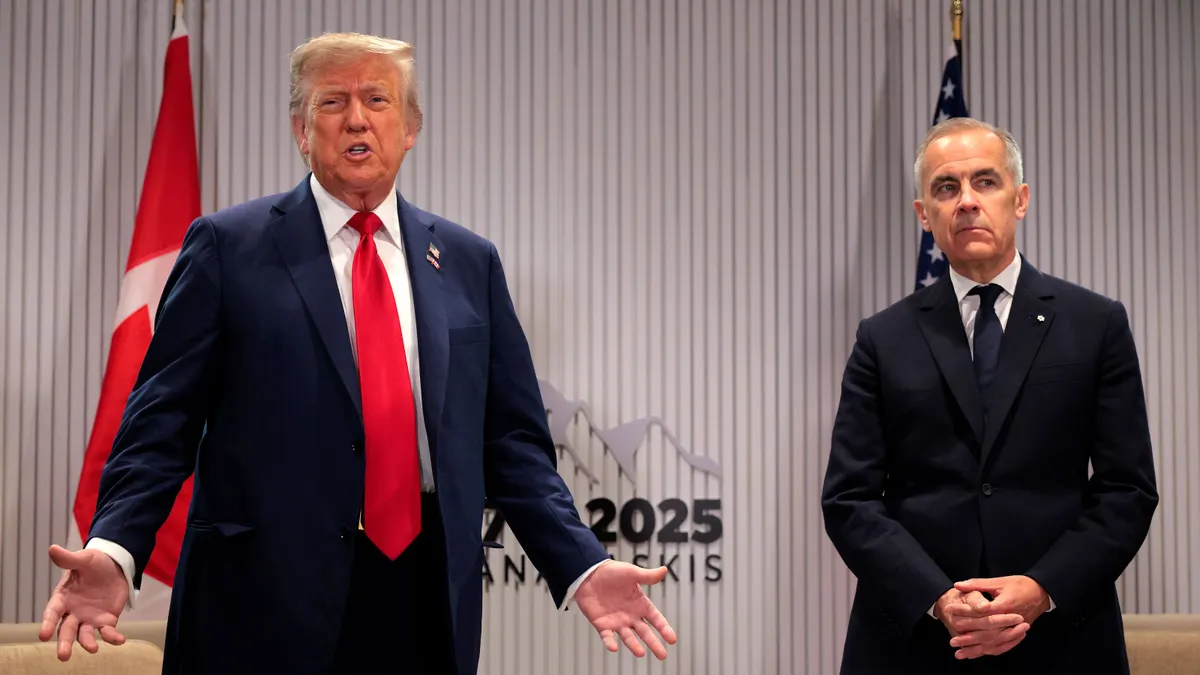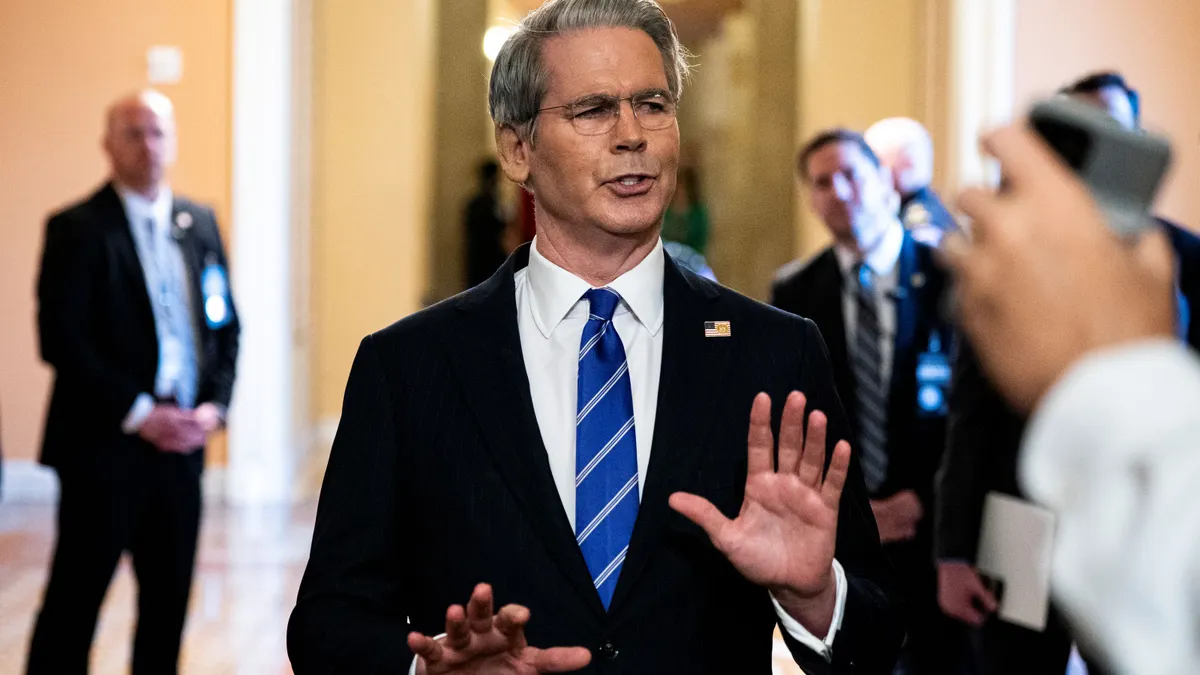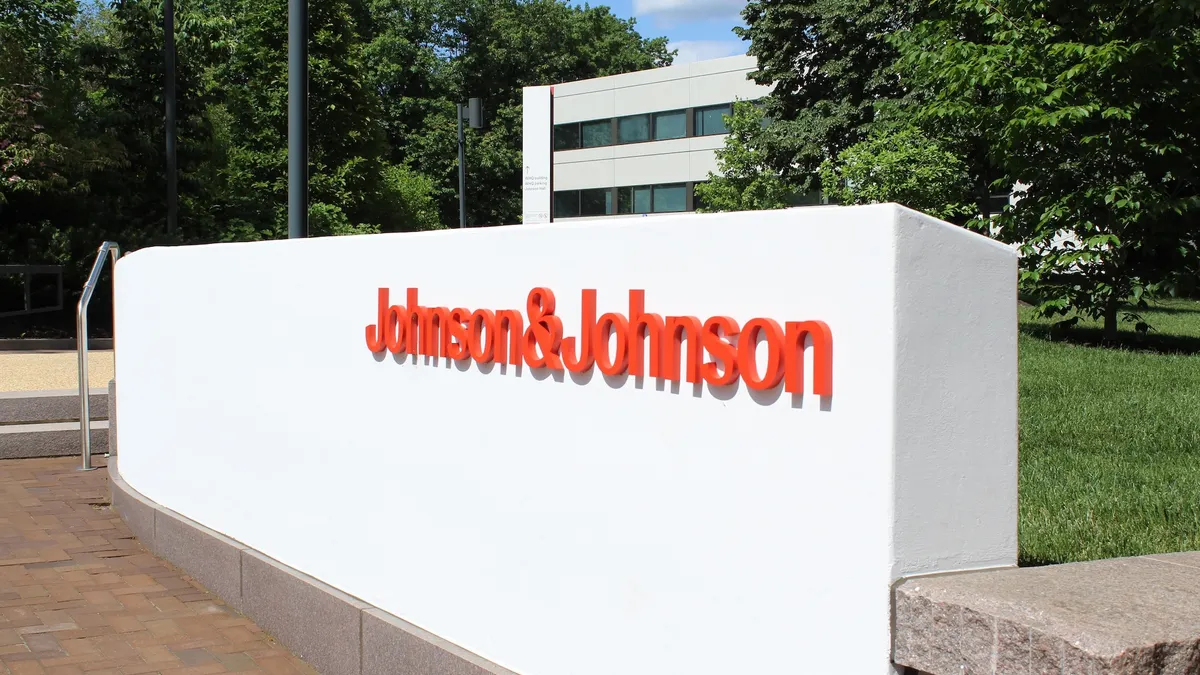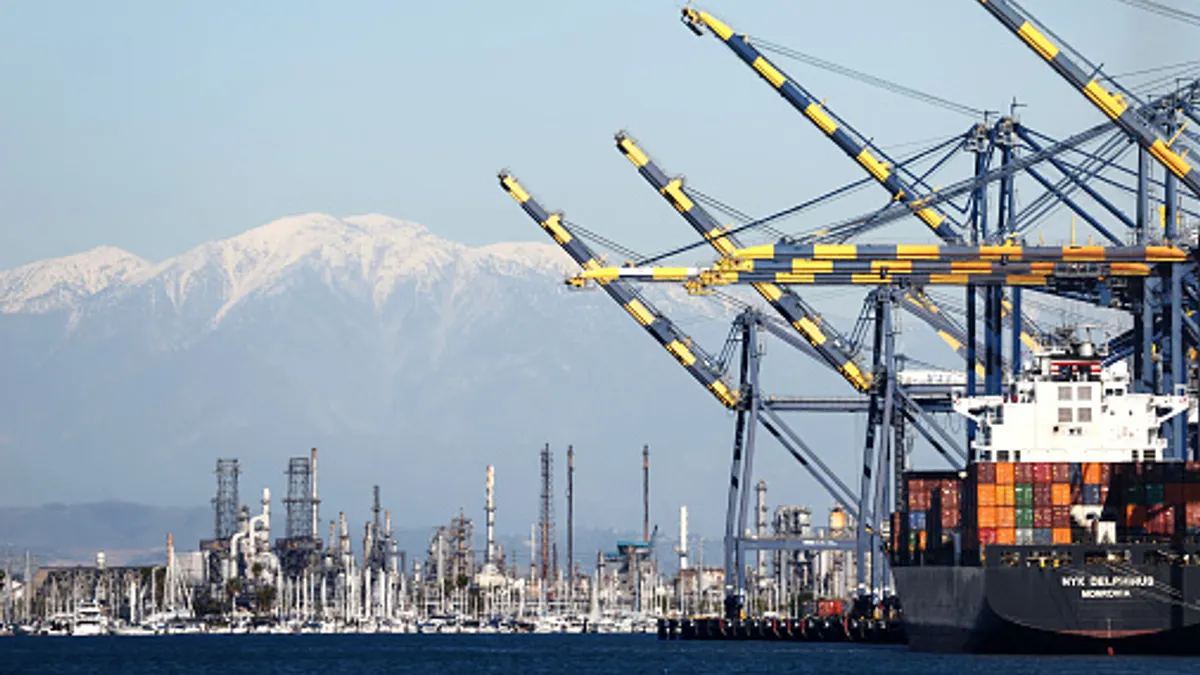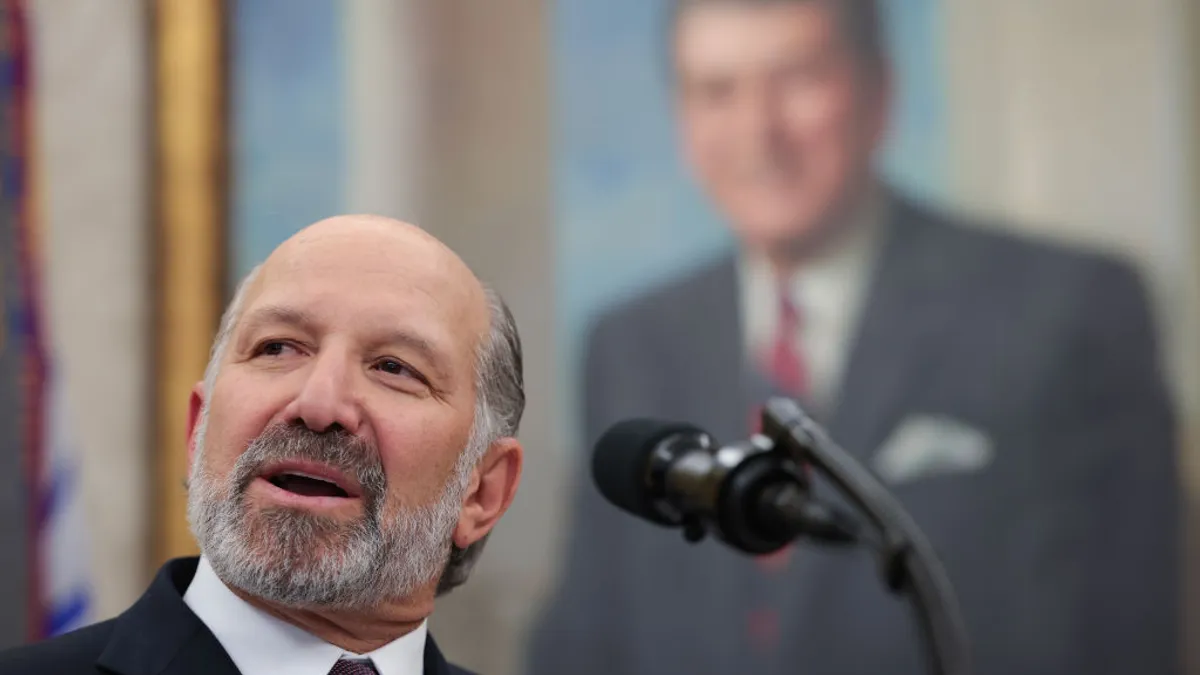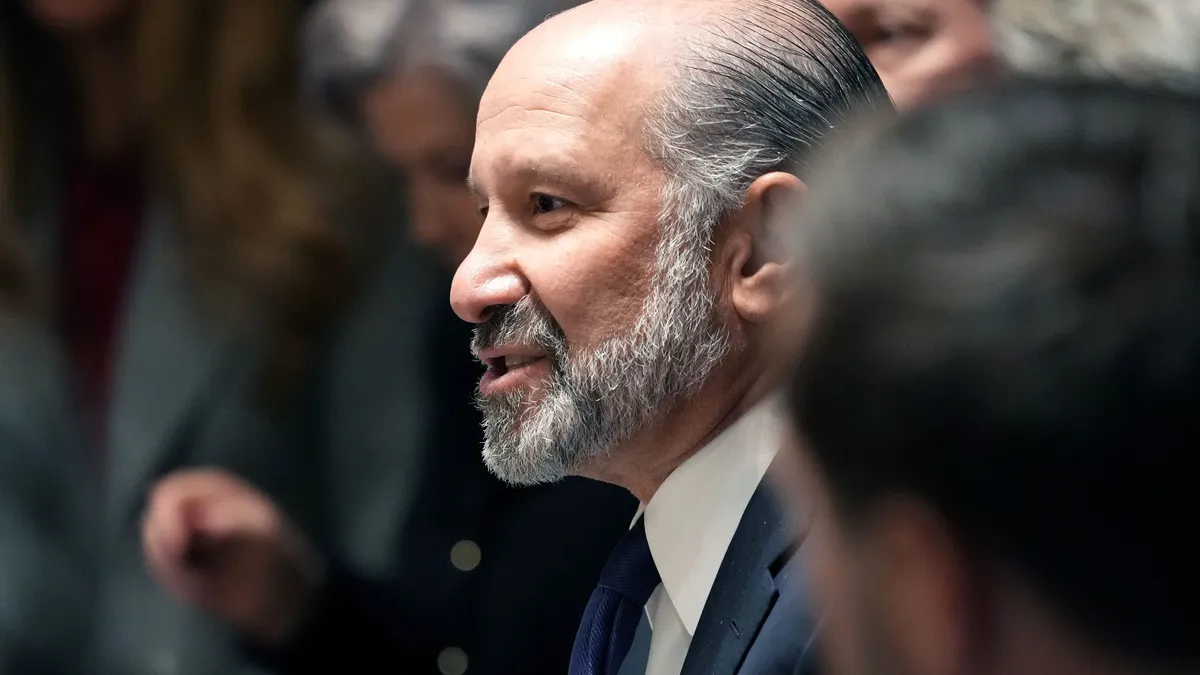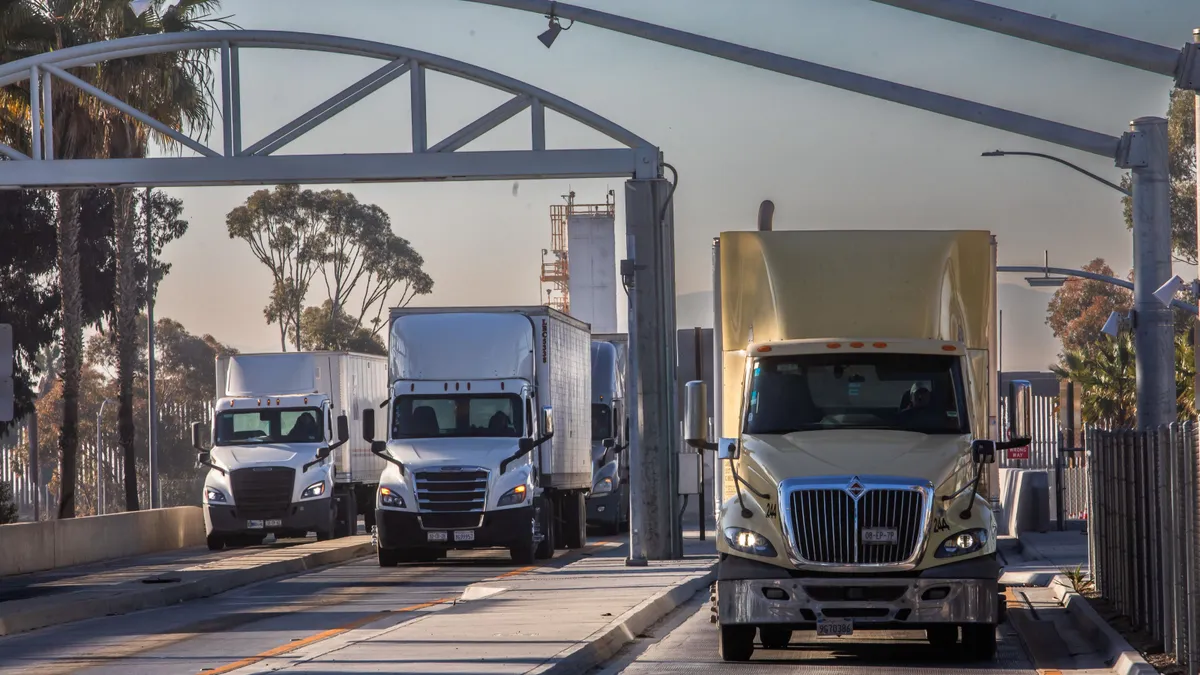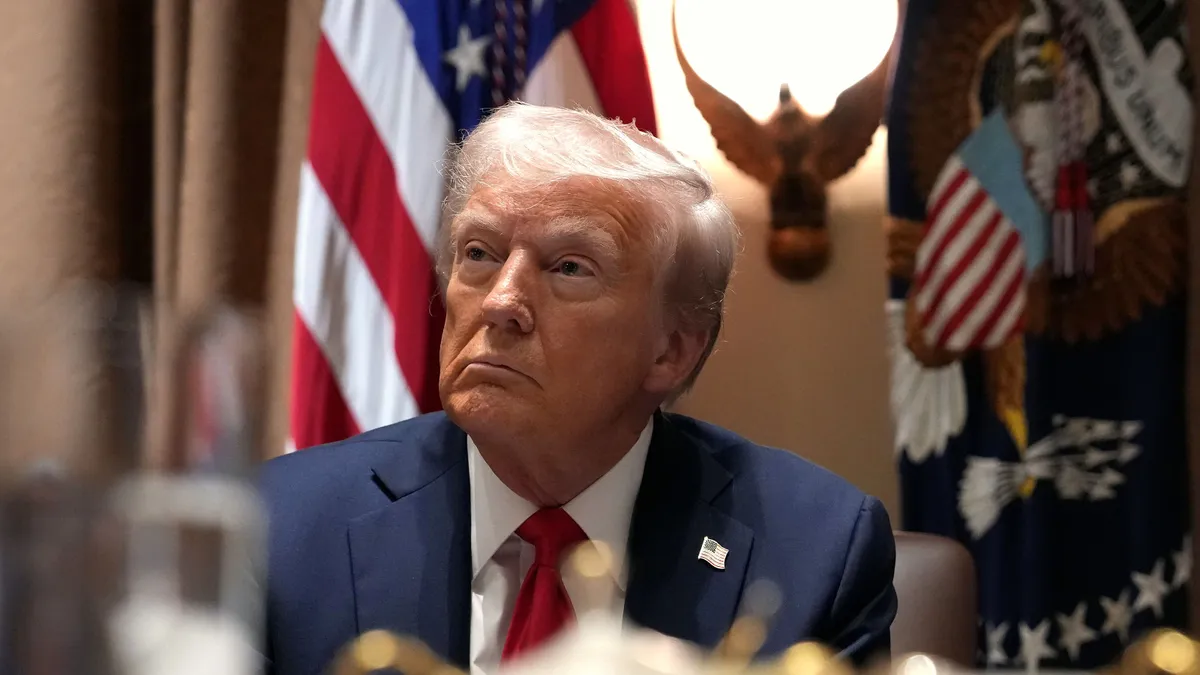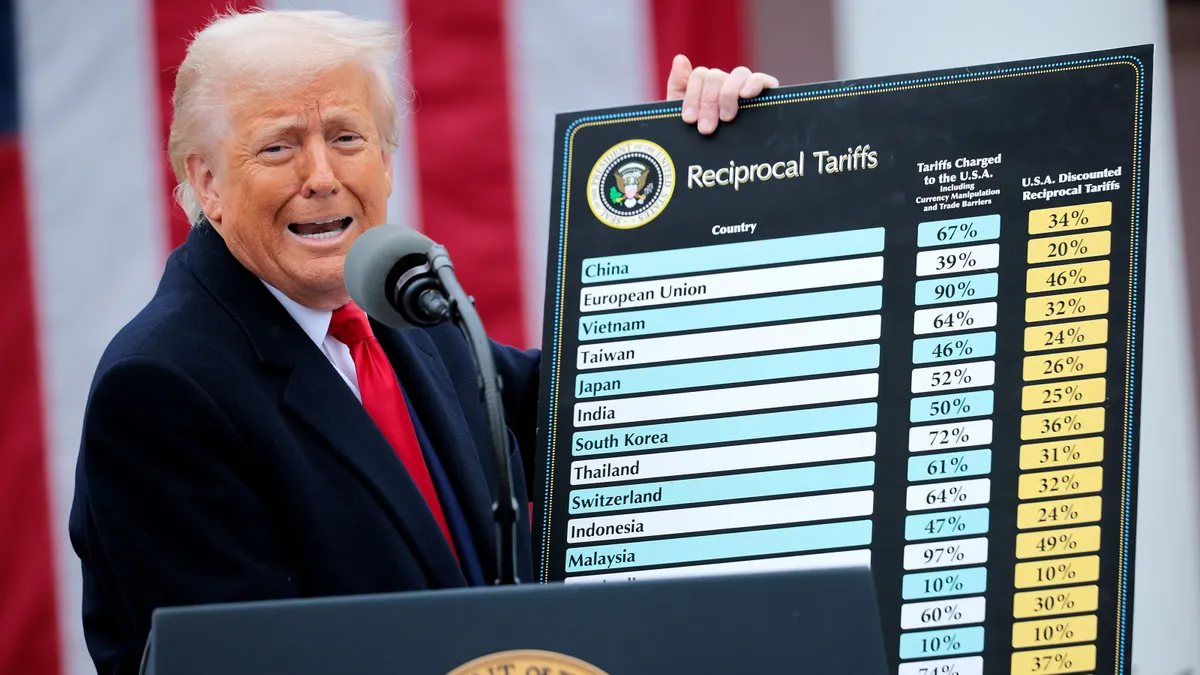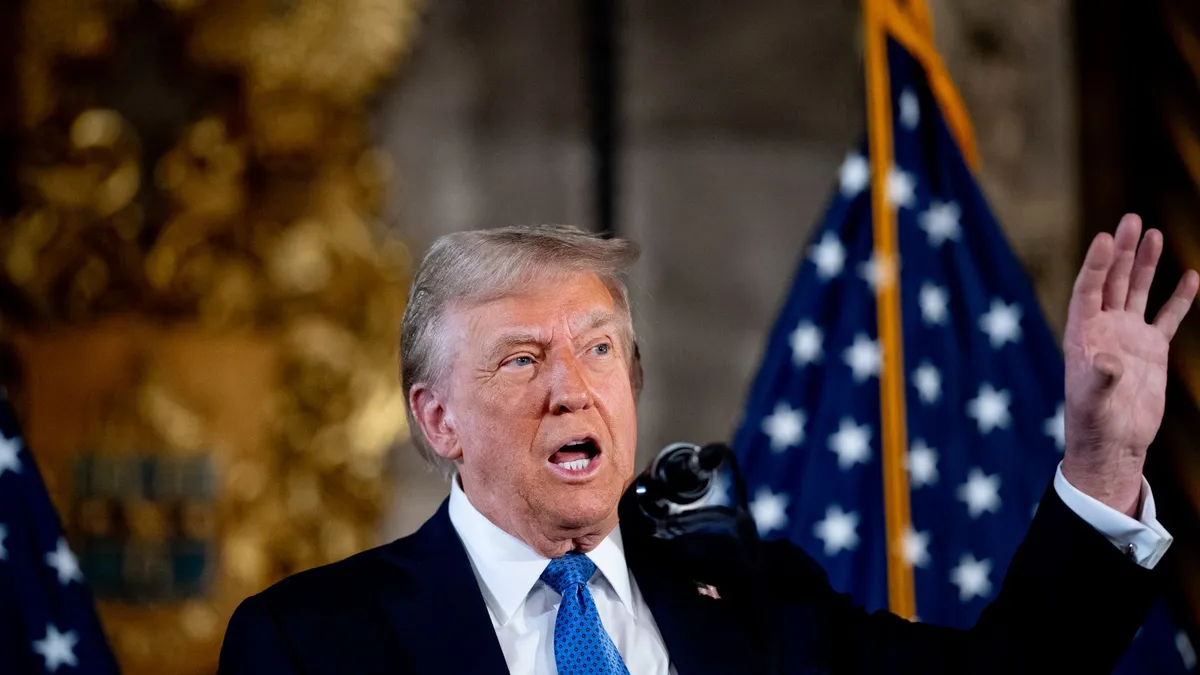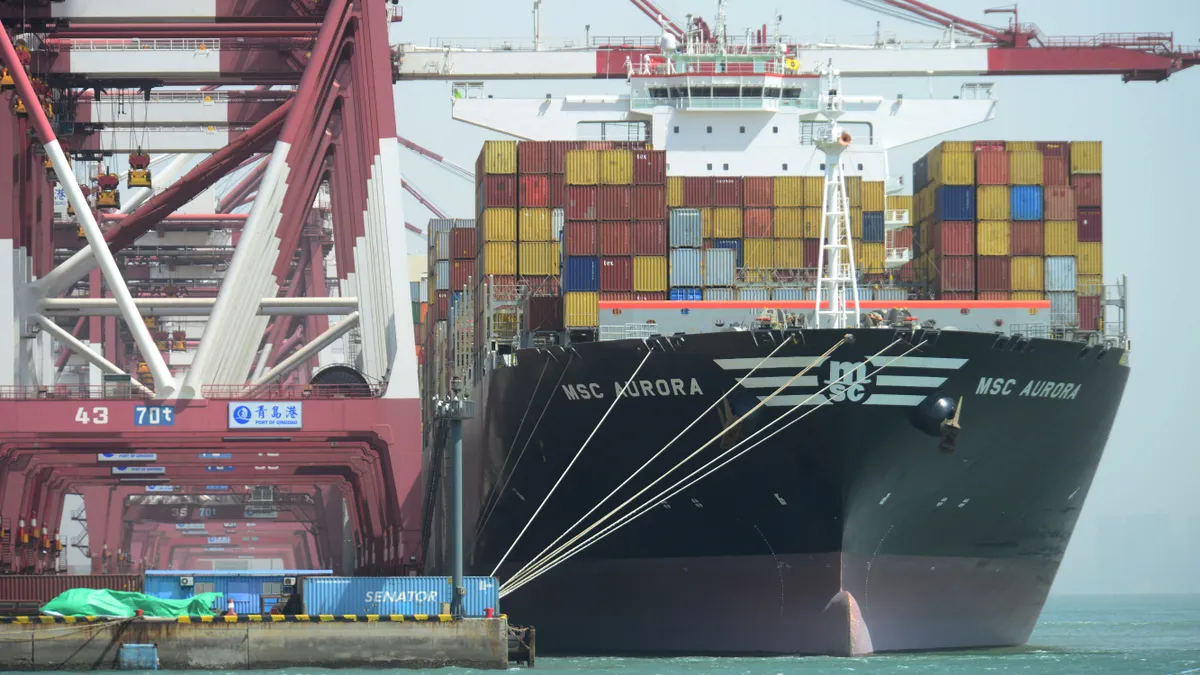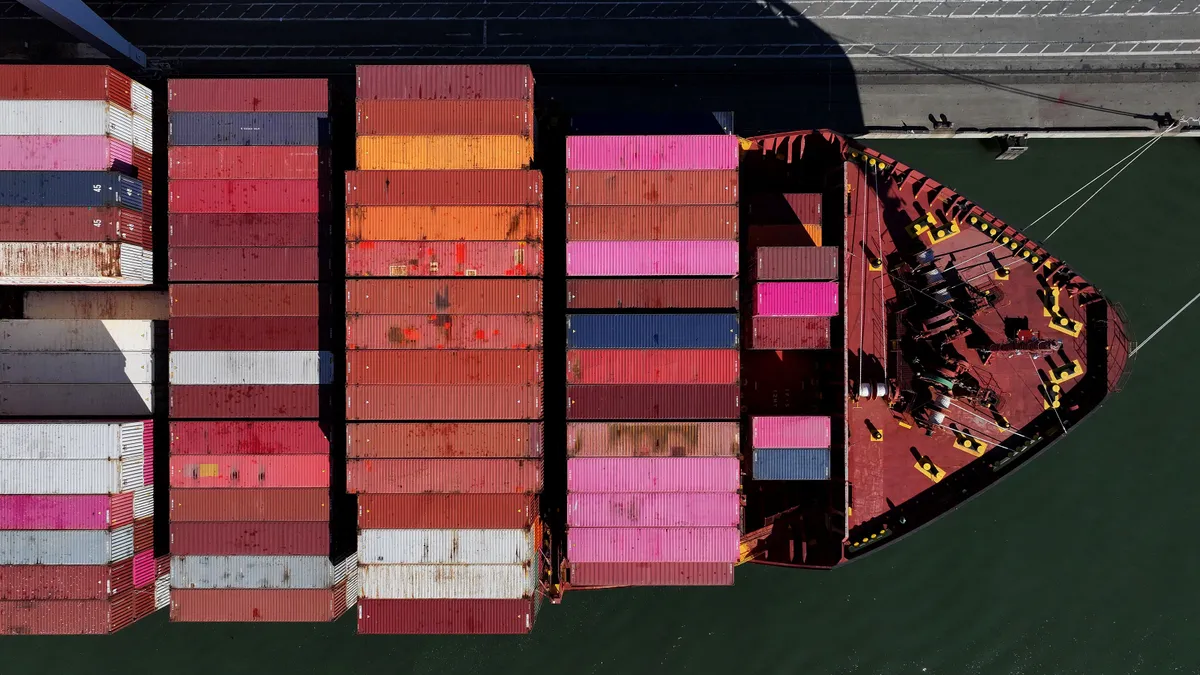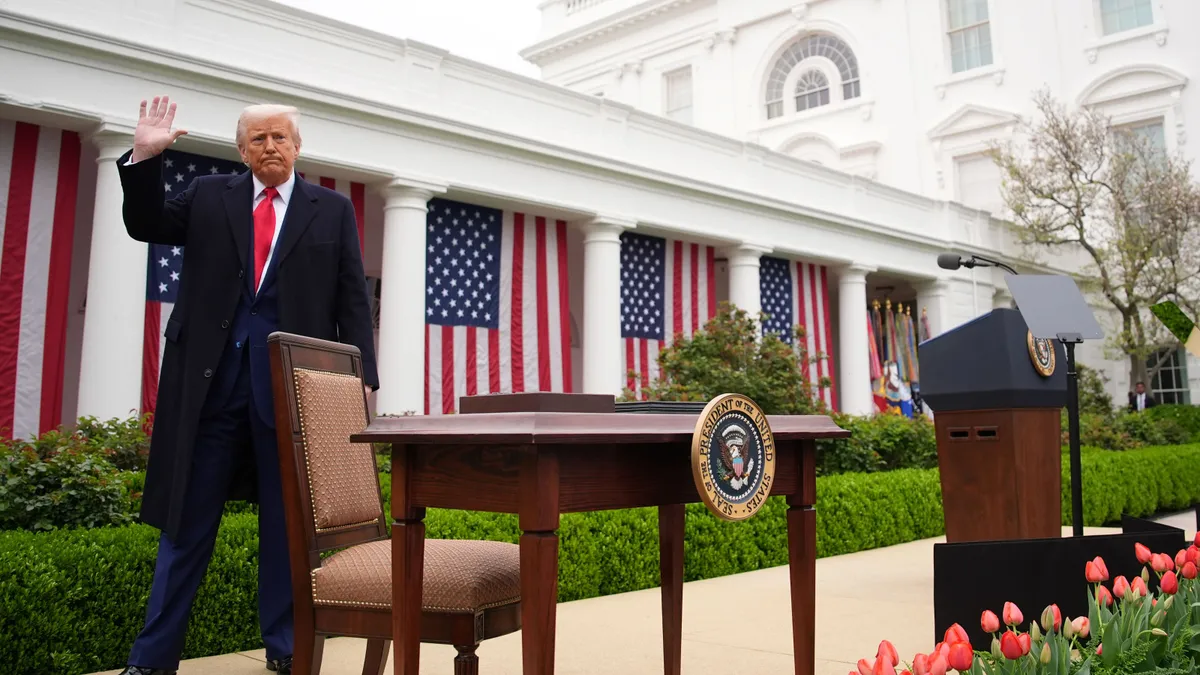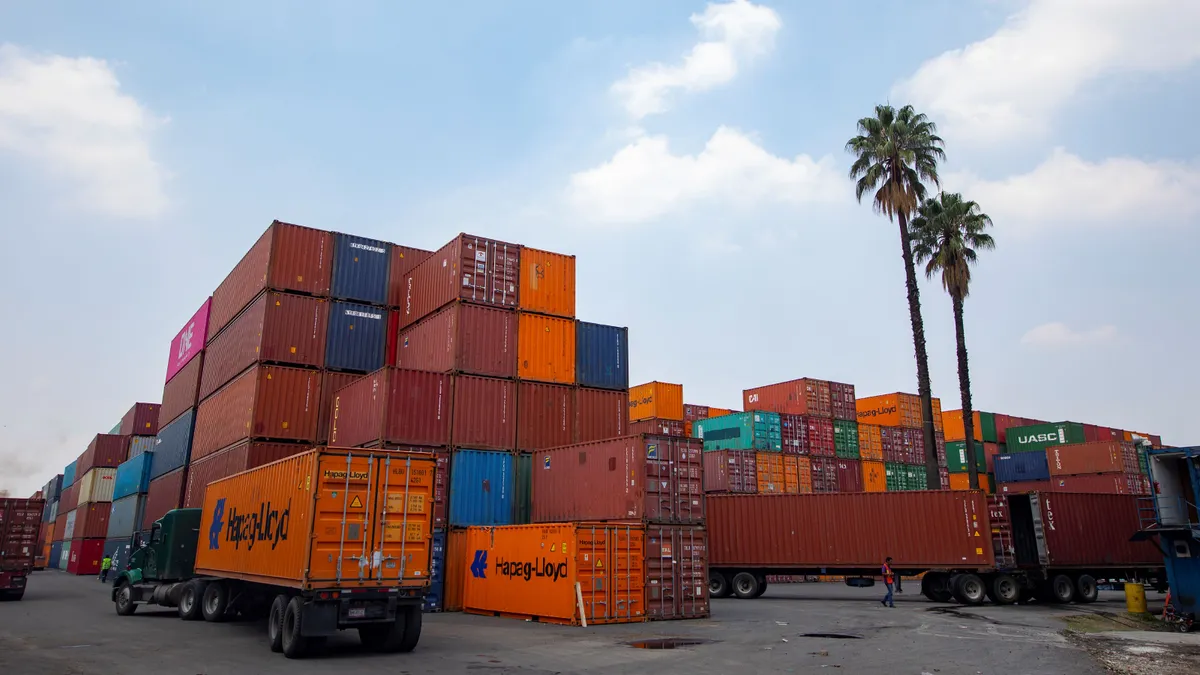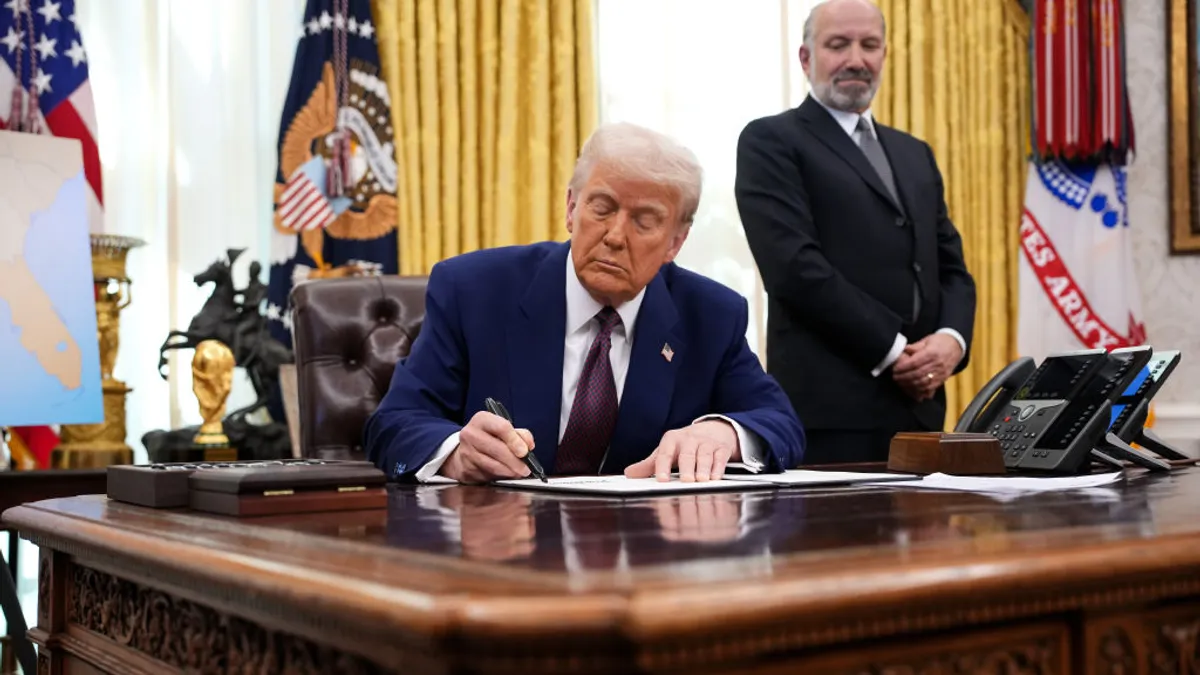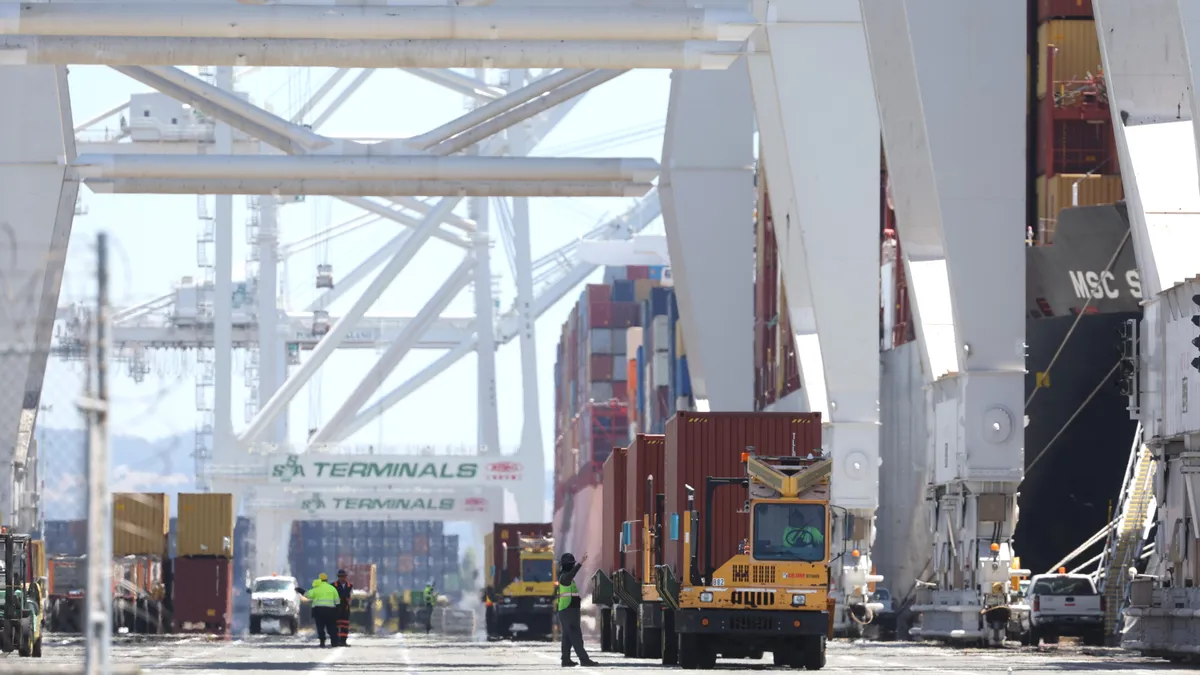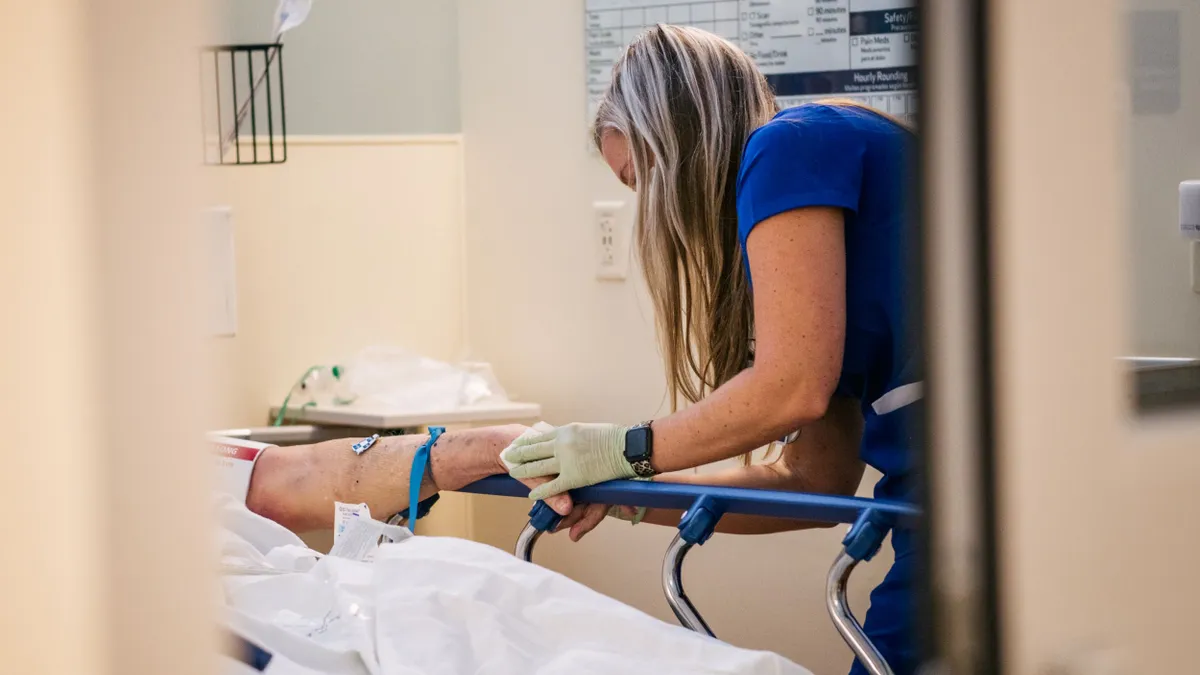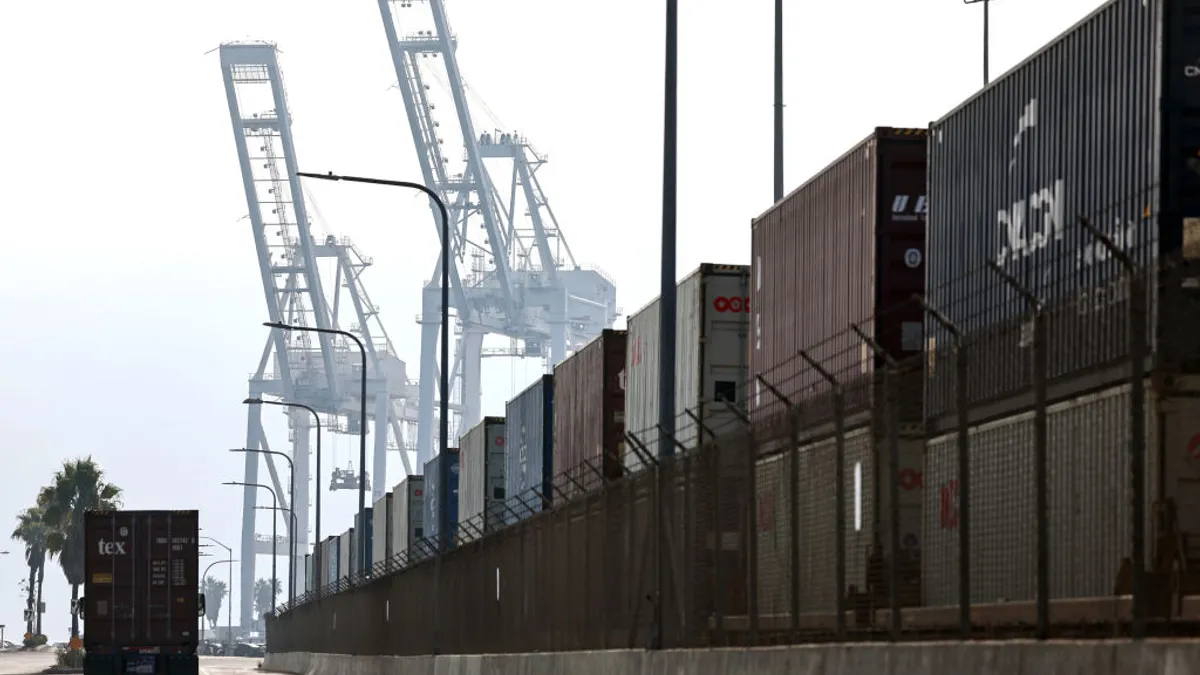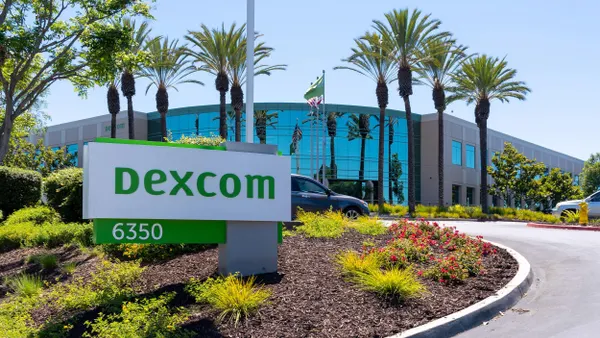Pharmaceutical executives are likely to get asked many variations on the same few questions this earnings season as Wall Street seeks answers on how well their businesses will weather the storms now damaging the sector.
President Donald Trump has roiled global markets by imposing, and then pausing, steep tariffs on U.S. imports. While pharmaceuticals are currently exempt, he’s warned new duties on drugs are coming soon — a threat that imperils the transnational supply chains industry has spent decades fine-tuning.
At the same time, the regulatory constancy upon which drugmakers rely is in disarray in the U.S.. Health secretary Robert F. Kennedy Jr. has ordered sweeping layoffs across the federal health workforce, forced out top officials at the Food and Drug Administration and weakened public health messaging on vaccination during the country’s most serious measles outbreak in years. There’s concern Kennedy’s haphazard cutting could jeopardize basic FDA functions, which may mean delays and unclear guidance for companies.
The convergence of both risks has spread financial pain throughout the sector. Large pharma companies, already pressured on their U.S. pricing strategies, face significant new costs, while smaller biotechnology firms must convince investors that their plans won’t be derailed by regulatory disruption.
“With few exceptions, calls on individual stocks have dried up. Everyone is turning into an economist, a political scientist, or an international tax specialist,” wrote Josh Schimmer, a biotechnology analyst at Cantor Fitzgerald, in a client note Saturday. “The rules of the game may be changing underneath us, and no one wants to be left behind.”
David Ricks, the CEO of Eli Lilly, recently told the BBC that Trump’s tariff threat is a “pivot in U.S. policy,” from which “it’ll be hard to come back from.” Ricks, who has directed Lilly to invest tens of billions of dollars in building new manufacturing capacity in the U.S., added that the tariffs will force trade-offs, such as lower investment in drug research and development.
Investors may hear more about those trade-offs on the earnings calls scheduled over the next month. Johnson & Johnson will be first, when its executives brief Wall Street Tuesday on the company’s first quarter performance. Several European pharmaceutical companies, including Novartis, AstraZeneca and GSK, will report next week.
Companies could choose to shift more manufacturing back to the U.S., an approach that, like Lilly, J&J and Novartis are already taking. J&J recently said it will spend $55 billion over the next four years to open three new drug plants in the U.S., and expand others. Last week, Novartis committed to investing $23 billion over five years to significantly expand its U.S. footprint, including by building six new factories.
Those plans will take a while to unfold, however. “There is no quick fix for exposed companies, in our view,” wrote David Risinger, an analyst at Leerink Partners, in a recent client note. “Redomiciling manufacturing would take years and be very costly.”
The “good news,” he added, is that “biopharma companies have likely been onshoring as much pharmaceutical product as possible recently.”
According to Risinger, a company could push off any financial impact in 2026 and avoid withdrawing yearly guidance by shipping to the U.S. at least a 9-month supply of most of its drugs ahead of any tariffs.
Large multinational firms in other industries haven’t been so insulated: Both Walmart and Delta Air Lines recently pulled their guidance in response to the escalating trade war.
Executives may not have all the information they need to forecast the future, either. While Trump is expected to impose tariffs on pharmaceuticals soon, it’s not clear exactly when they might come. On Sunday, Commerce Secretary Howard Lutnick said they’d be announced in the “next month or two.”
The administration may also pursue tariffs through multiple frameworks, such as by using powers granted by a legal provision known as Section 232, as well as via the International Emergency Economic Powers Act that Trump used to install global tariffs on April 2. Section 232 tariffs typically follow a Commerce Department investigation that can take months to complete.
The rate at which pharmaceuticals could be taxed is also unclear. Trump has hinted at duties anywhere from 50% to 200%. Michael Yee, an analyst at Jefferies, recently calculated in a client note that tariffs between 25% and 50% would translate to a 4% to 5% hit to pharma earnings per share.
Some companies may be more impacted than others, though, especially if much of their manufacturing is outside of the U.S. Others, like Biogen and Vertex Pharmaceuticals, may be more protected, Yee wrote.
“We’ve been anticipating it for some time and we are confident that we will navigate through it,” GSK CEO Emma Walmsley told Bloomberg in a recent interview. “When we went through the separation and the creation of Haleon, we used that to reset our global supply chain for meaningfully more resilience. That includes dual sourcing in all circumstances.”
Finally, the impact of tariffs will depend on how much of the supply chain they cover. Many of the chemical raw materials used by the industry come from China and India, as do a good portion of active drug ingredients. Finished dose formulations are more often manufactured closer to home.
Over time, pharmaceutical companies could reshore parts of the supply chain, such as those in the later stages of production, but bringing everything back to the U.S. would be exponentially harder.
Tariffs could also be a way for the Trump administration to address the industry's favored tax-avoidance strategies, such as housing valuable intellectual property in Ireland-based subsidiaries to lower their U.S. tax bill.


